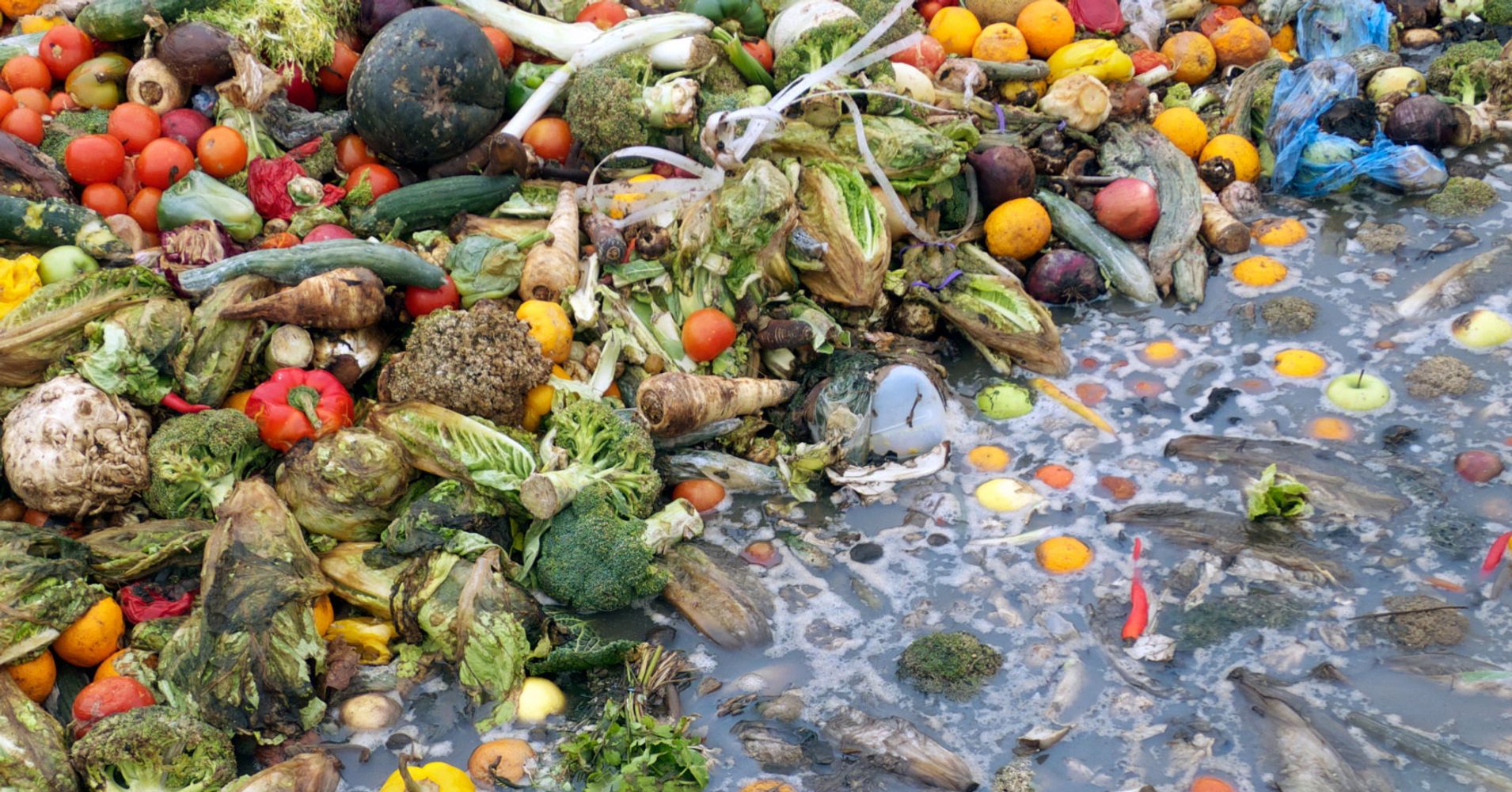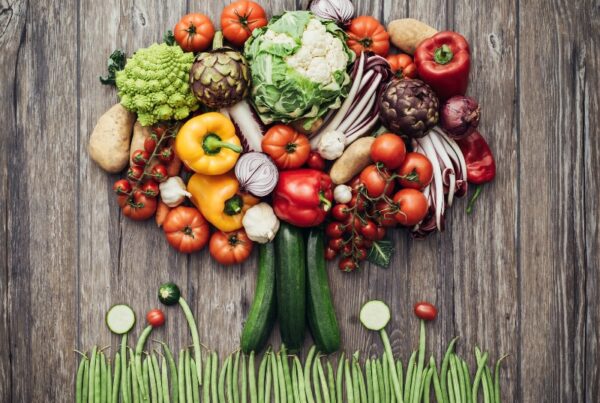Tips to Reduce Food Waste
Did you know that the agricultural industry is the largest industry in the world, and yet it’s also one of the most wasteful?
Food sustainability is crucial, yet almost half of the world’s produced food is wasted. Shockingly, over 45% of all produce is lost or wasted along the supply chain each year. This wastage not only results in shortages, storage, and transport issues but also contributes to the overall carbon footprint of the industry.
So, what’s the solution? How can you do your part? Can reducing food waste save you money?
The video below is from PostHarvest Technologies and gives us seven Food Sustainability Basics to reduce waste and create a sustainable planet.
Watch the video or read about the top 7 practices below!
- Buy Locally
- Buy from Sustainable Suppliers
- Products not to buy.
- Store correctly
- Smaller portion sizes
- Composing
- Grow your food.
Reducing food waste benefits the environment and can save you money!







